The bottom signed with the monogram « AP ».
Old edition artwork.
Stamped « B & G (Bing & Grøndahl), Kjøbenhavn, Danmark » (with the three towers derived from the Coat of Arms of Copenhagen).
Numbered 2205/M
With the editor and artdealer’s sticker « Rouard, 34 Ave de l’Opéra ».
Copenhagen Bing and Grondähl Manufacture’s edition artpiece exhibited at the 1932 “Salon d'Automne“ in Paris and sold exclusively by the Rouard gallery on the Opera avenue.
Danemark
circa 1932
length 23 cm
our web catalog link :
https://galerietourbillon.com/petersen-armand-antilope-couchee-avec-cornes/
Galerie Tourbillon : Free valuation - Buy and Sell at best prices
Biography :
Armand Petersen (1891-1969), of Danish ancestry, was born in Basel (Switzerland). He entered the School of Industrial Arts in Geneva, in the class of goldsmith and chaste. In 1914, Petersen arrived in Paris to continue his studies but left for four years in the studio of the Hungarian sculptor Bela Markup who introduced him to modeling. As an animal sculptor, he introduced him to animals at Budapest Zoo. In 1924, animal art was in full swing. Pompon, revealed in 1922 at the Salon d'Automne by his big White Bear, gathered young animal artists at the Jardin des Plantes who study models on nature by following his advice. In 1926 Armand Petersen worked at the fauvery of the Garden of the Plants in Paris and joined the group of the followers of Pompon who taught then his method. The first exhibition of the "Animal Artists" opened in the Brandt Gallery in 1927. Petersen found himself alongside Sandoz, Bigot, Artus and Pompon. Criticism noticed this new artist. The Manufacture de Sèvres was looking in contemporary art of the time for works to adapt to its recent material, the colored soft sandstone giving a different result than the biscuit. The Manufacture retained three works by Petersen.
Unlike the works by Pompon "which are naturally beasts of God, without fear", the beasts of Petersen always seem on the alert. This subtle expression feature makes Petersen a talented animal. In 1929, two years after his "discovery" Armand Petersen was one of the best animal sculptors. He was quoted after Pompon and as his emulator. In 1931 the group of the "Twelve French Animal Artists" filed its statutes. Petersen, as a Swiss citizen, was part of the group as a guest. In 1932, the economic crisis affected artists who often exhibited their works in plaster. Ceramic editions provided then an income for many artists, such as Petersen who multiplied them by new contracts both at the Sèvres Manufacture and at the National Manufacture of Bing & Grøndahl of Copenhagen.
After the death of Pompon in 1933, the group dissolved quickly. The animal artists thanks to Sandoz who bought the Brandt Gallery will continued to meet until 1939, when the mobilization of war dissolved the group. In 1935, Petersen obtained French nationality but returned regularly to Switzerland.


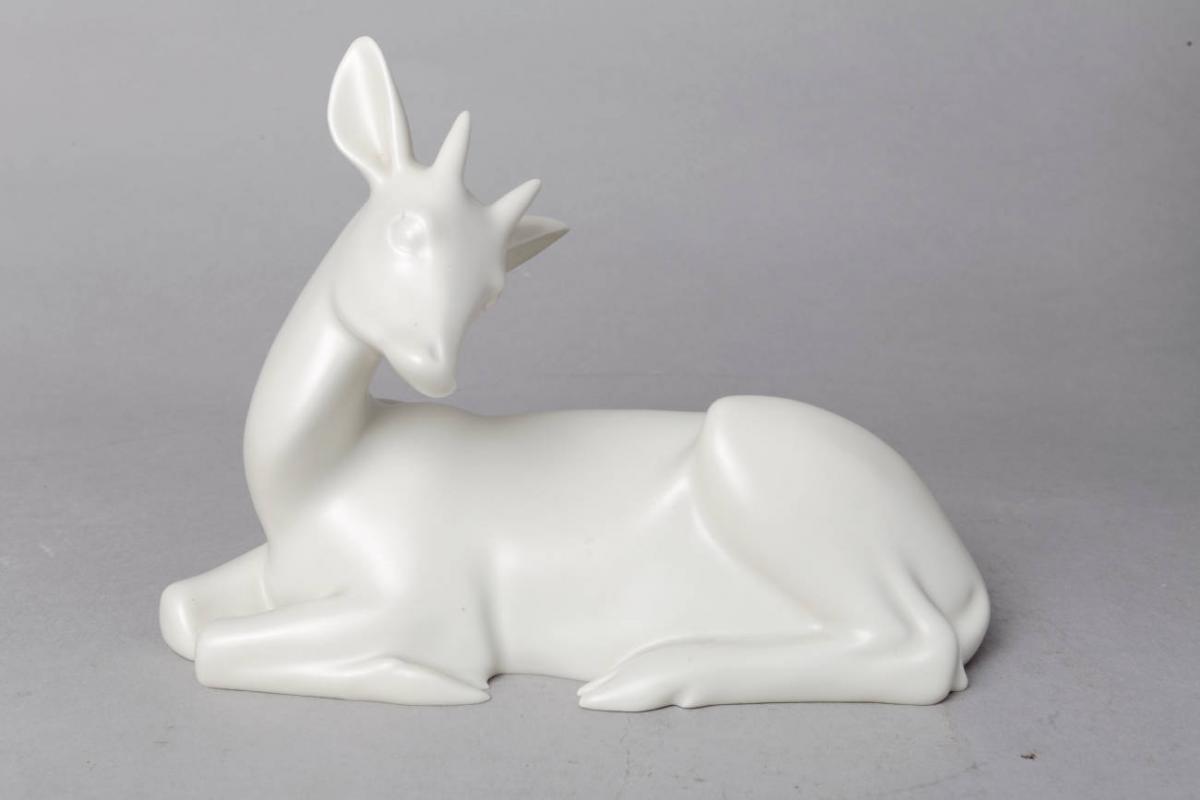
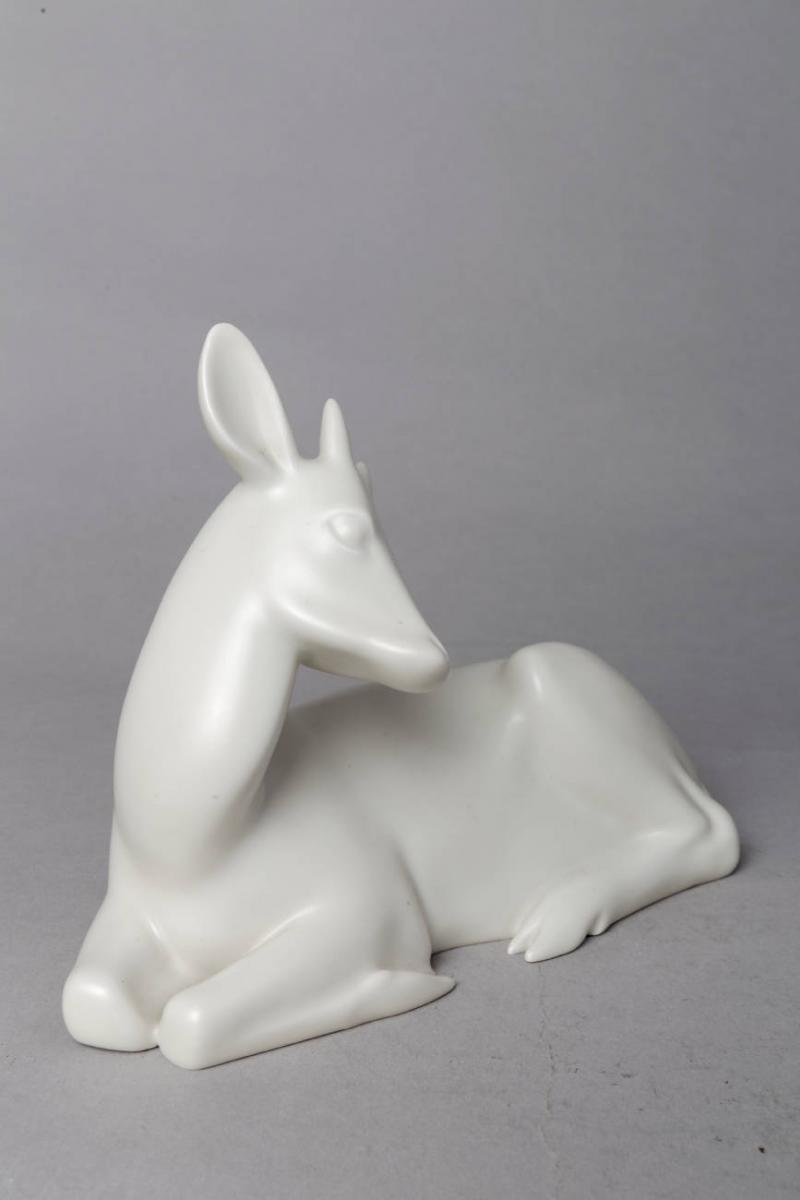
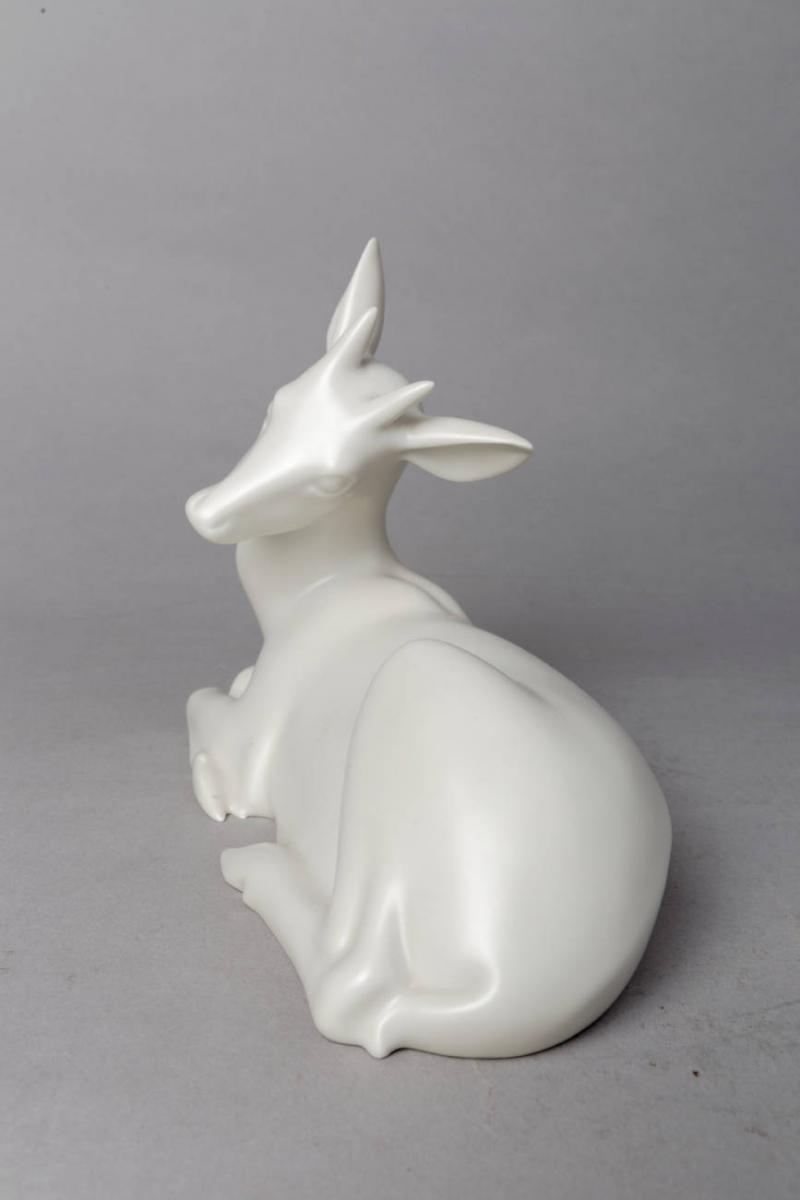





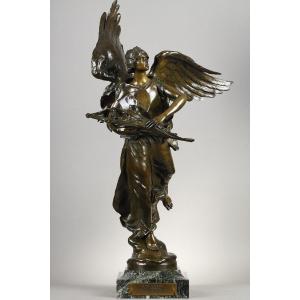
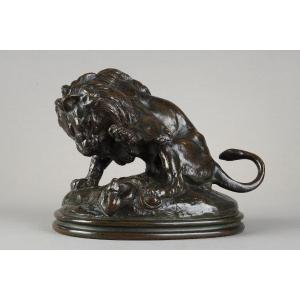
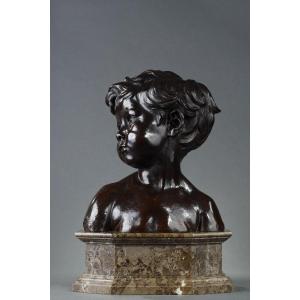
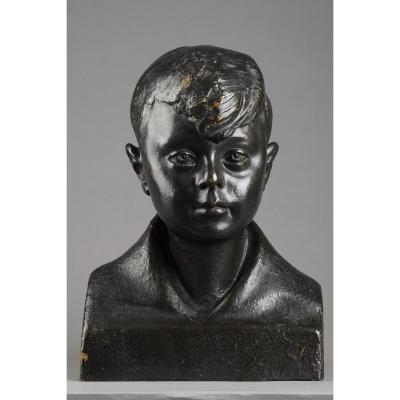


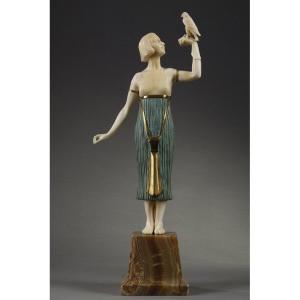
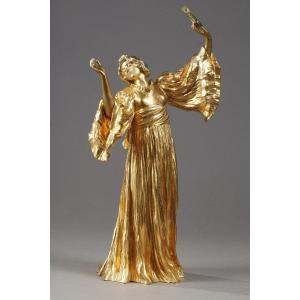
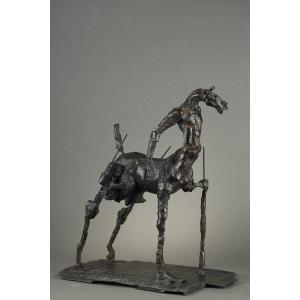
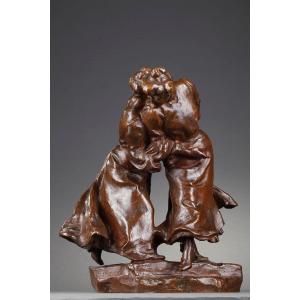
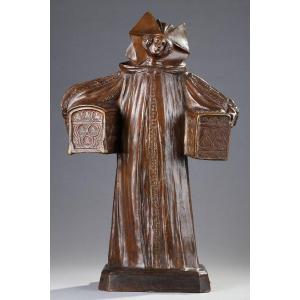
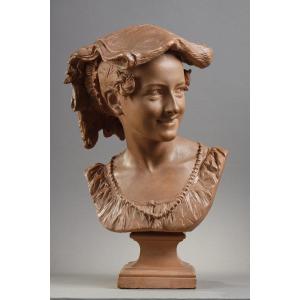

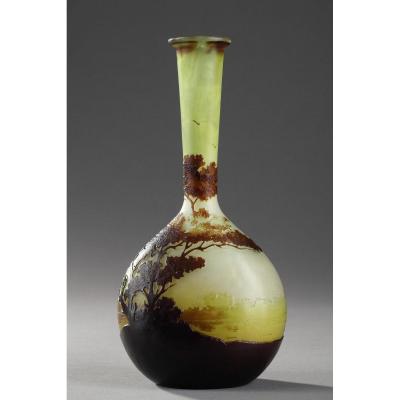




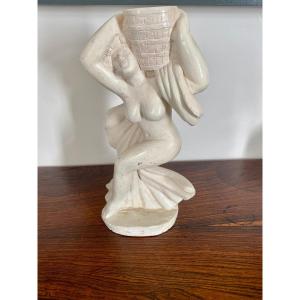



 Le Magazine de PROANTIC
Le Magazine de PROANTIC TRÉSORS Magazine
TRÉSORS Magazine Rivista Artiquariato
Rivista Artiquariato